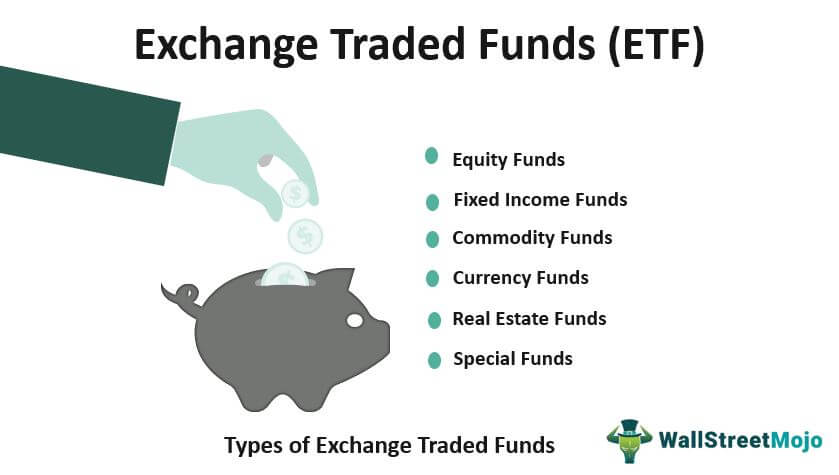How to invest in ETFs?
Because shares of ETFs trade like stocks, the most common way for individual investors to buy and sell ETFs is through a broker. Brokerage accounts allow investors to make ETF trades manually or through a passive approach such as a robo-advisor. Investors choosing to have a more hands-on approach will need to search through the growing ETF market for funds to buy, keeping in mind that some ETFs are designed for long-term investment and others are designed to be bought and sold over a short period of time.
What is an ETF account?
In most cases, it is not necessary to create a special account to invest in ETFs. One of the primary draws of ETFs is that they can be traded throughout the day and with the flexibility of stocks. For this reason, it is typically possible to invest in ETFs with a basic brokerage account.
What does an ETF cost?
ETFs have administrative and overhead costs which are generally covered by investors. These costs are known as the “expense ratio,” and typically represent a small percentage of an investment. The growth of the ETF industry has generally driven expense ratios lower, making ETFs among the most affordable investment vehicles. Still, there can be a wide range of expense ratios depending upon the type of ETF and its investment strategy.

